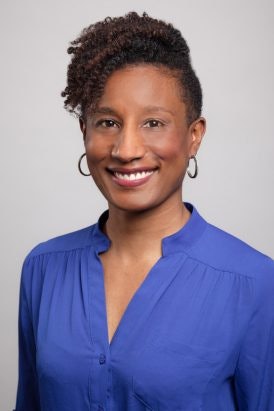A growing body of research has shown that race-matched instruction—when teachers and learners come from the same background—is beneficial for students. College students have been shown to be likelier to pass courses with race-matched instructors, likelier to receive higher grades in those courses, and likelier to persist in school. Race-matched students were also more likely to take an additional class in that subject and to major in it. The benefits of matching are evident for all students, including white ones, but have shown to be particularly strong for minoritized students. However, a recent working paper has shown that students of color are far less likely to experience these advantages.
From a sample of over 560,000 first year, first time community college students and over 32,000 instructors in Texas between 2013 and 2020, researchers found that 77% of white students experienced a racial match. However, only 29% of Hispanic students and 14% of Black students had the same.
 Dr. Taylor Odle, assistant professor of educational policy studies, University of Wisconsin-Madison
Dr. Taylor Odle, assistant professor of educational policy studies, University of Wisconsin-Madison
Black and Hispanic students had the highest match rates in remedial and developmental courses: 34% for Hispanic students and 17% for Black students. However, Odle’s team found that the faculty in these matches were more likely to be temporary staff or adjuncts, rather than tenured or tenure-track. Although contingent faculty may be equally good teachers as tenured faculty, their positions might limit them as mentors for students of color.
“Individuals in those positions have the least power and stability,” said Dr. Kimberly A. Griffin, the dean of the College of Education at the University of Maryland. “They might be working from year to year or semester to semester, so it might be harder to build long-term relationships. They’re less likely to have consistent office space on campus. They might have multiple roles at multiple institutions, so they might be more stretched in terms of their time. And these folks have the least ability to open doors for the students they’re working with.”
For Odle, the reason for the match disparity was clear: a lack of faculty diversity. In his team’s sample, 48% of the students were Hispanic and 11% were Black. But only 16% of professors were Hispanic and 10% were Black. According to Griffin, this is a long-standing nationwide problem.
 Dr. Kimberly A. Griffin, associate professor of higher education and student affairs at the University of Maryland
Dr. Kimberly A. Griffin, associate professor of higher education and student affairs at the University of Maryland




















